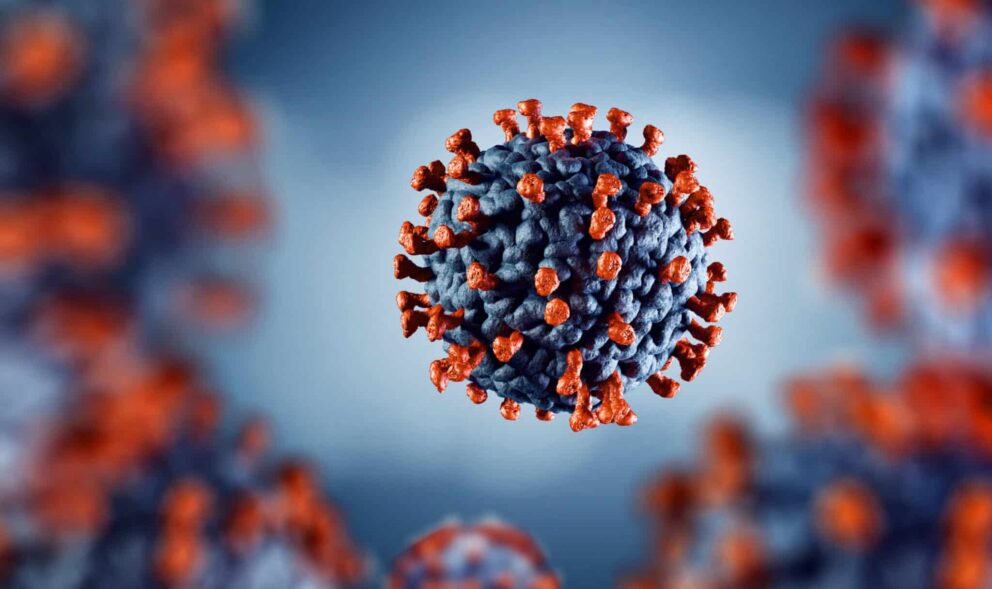
Since the outbreak of SARS-CoV-2 there have been huge advances in our understanding of how the virus is spread. We have learnt that SARS-CoV-2 can be transmitted via contact with contaminated surfaces. Therefore, medical devices that encounter mucous membranes are a transmission risk if not properly decontaminated. Studies have shown that the virus can survive on surfaces for 4 – 7 days1, highlighting the necessity of thorough cleaning and disinfection of medical devices.
In the absence of SARS-CoV-2 test availability, surrogate viruses have been used by the industry to demonstrate efficacy. Laboratory testing is now available to assess disinfectant efficacy against real-life pathogenic SARS-CoV-2.
TRISTEL CHLORINE DIOXIDE (ClO2) DEMONSTRATES COMPLETE INACTIVATION OF SARS-CoV-2 IN 30 SECONDS IN DIRTY CONDITIONS IN ACCORDANCE WITH EN 14476:2013+A2:2019*.
Why choose Tristel chlorine dioxide?
Tristel chlorine dioxide products are proven to be virucidal in accordance with European standard test methodologies**. They have been successfully used by clinical and healthcare professionals globally in infection prevention and now in the fight against the spread of the SARS-CoV-2, the cause of COVID-19.
Tristel Trio Wipes System
A comprehensive solution for the decontamination of semi-critical, non-lumened medical devices. It combines cleaning, high-level disinfection and rinsing with traceability.
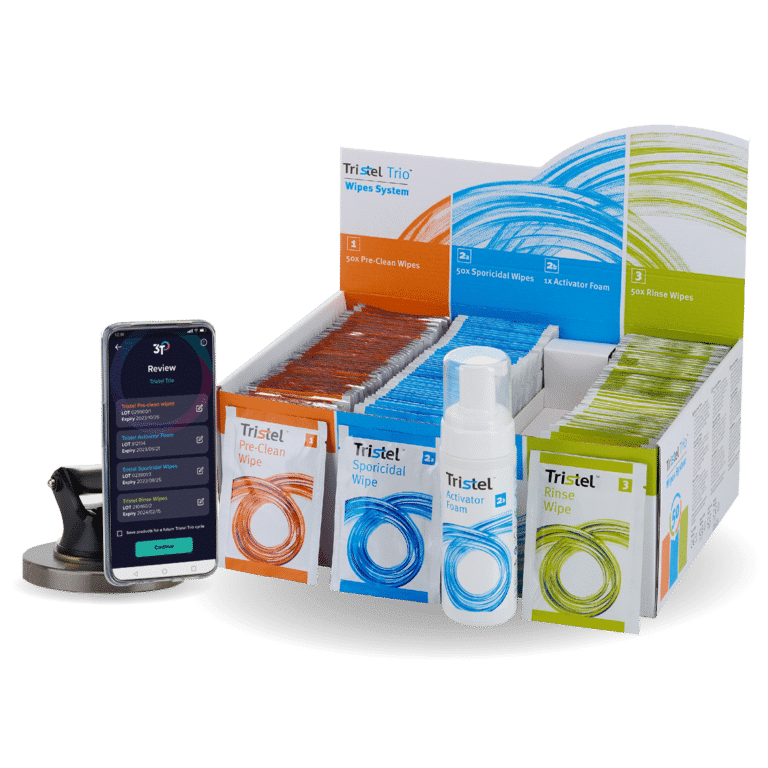
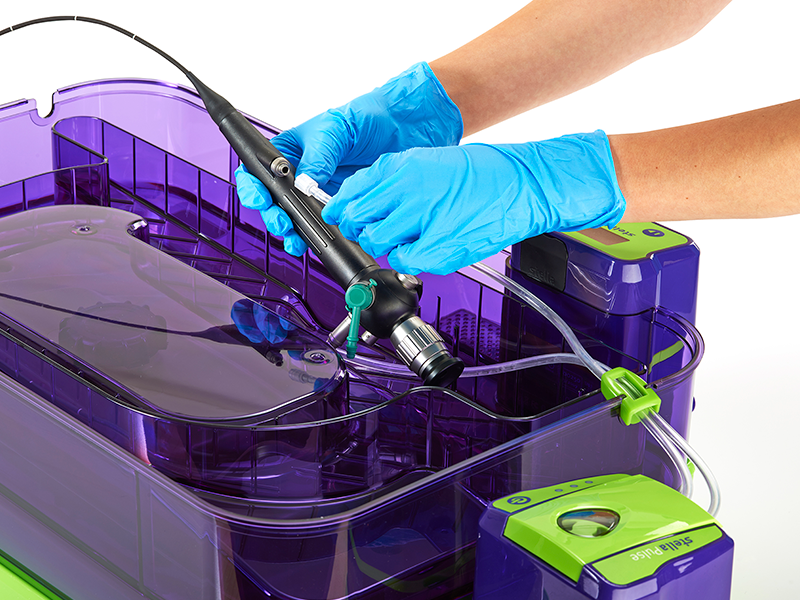
Stella System
Combine the simplicity of manual soaking with the sophistication of a fully automated washer disinfector by pumping the disinfectant solution through the lumen of the medical device.
Tristel Duo OPH
Effective, fast and compliant high-level disinfectant for ophthalmic devices. Achieve high levels of efficacy at a low concentration for ophthalmic and optometry medical devices.
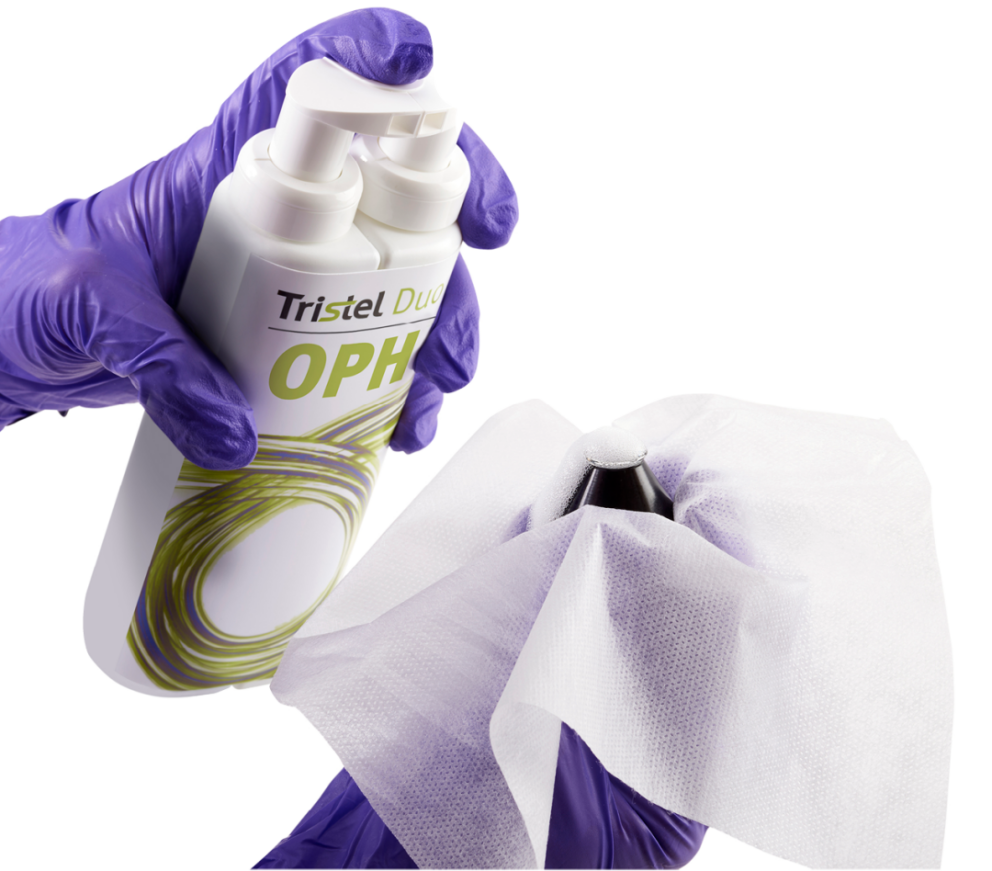
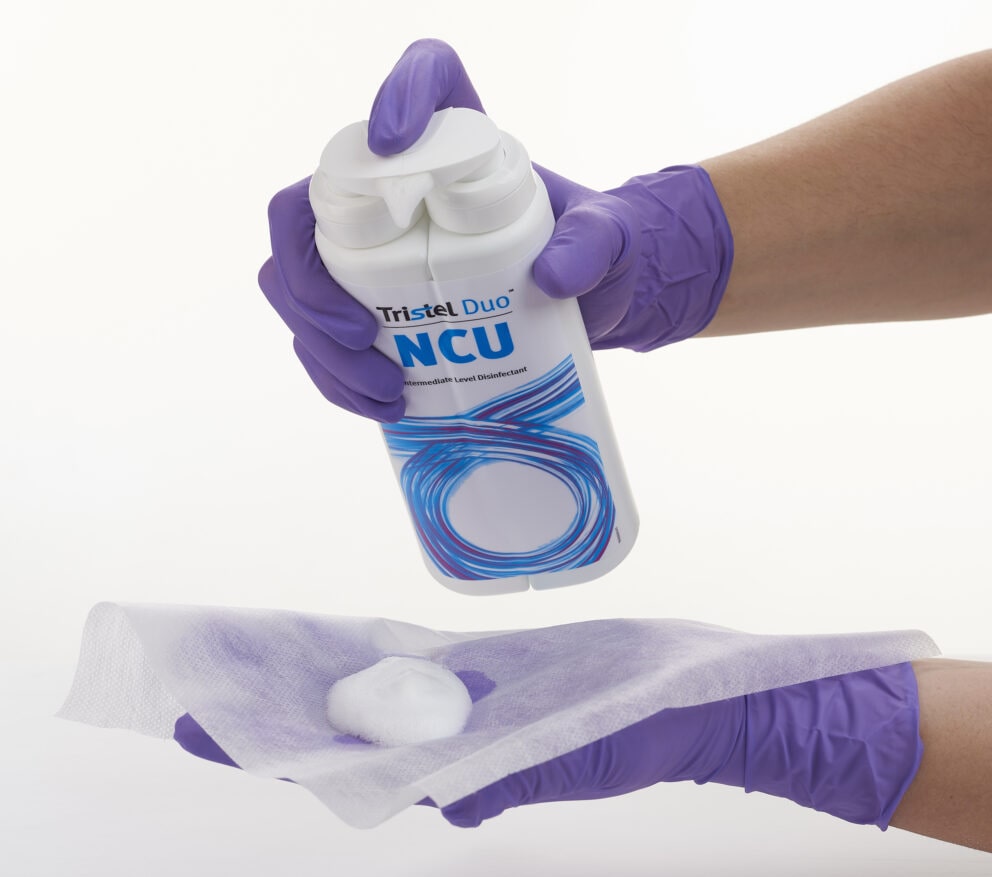
Tristel Duo NCU
Intermediate-level disinfectant at point of care. Designed for non-critical ultrasound probes and equipment such as skin surface transducers, cords, plugs and control panels.
References:
1 A. W. H. Chin et al., “Stability of SARS-CoV-2 in different environmental conditions,” The Lancet Microbe, vol. 1, no. 1, p. e10, 2020, doi: 10.1016/s2666-5247(20)30003-3.
*A representative sample of Tristel chlorine dioxide at 20 parts per million (ppm) was tested by a United States Biosafety Category 3 laboratory.
**In accordance with EN 14476 test methods.
***All products have a concentration of chlorine dioxide greater than 20 ppm at the point of use.


